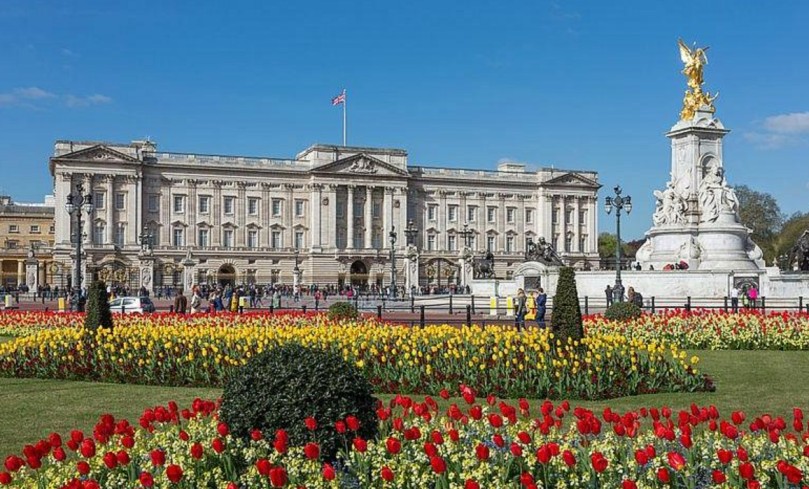Buckingham Palace, an enduring symbol of the British monarchy, stands as one of the most iconic landmarks in London and the world. Serving as the official residence of the reigning monarch, this architectural masterpiece is a site of history, culture, and national significance.
A Historical Overview
Originally built in 1703 as Buckingham House for the Duke of Buckingham, the structure was acquired by King George III in 1761 as a private residence for Queen Charlotte. It wasn’t until 1837, with Queen Victoria’s ascension to the throne, that Buckingham Palace became the official royal residence.
Over the years, the palace has undergone several expansions and renovations, evolving from a modest house into the grand edifice it is today. Architects such as John Nash and Edward Blore contributed to its transformation, adding iconic features like the central balcony, famously used for royal appearances during public celebrations.
Architectural Grandeur
Buckingham Palace is an architectural marvel, blending neoclassical and Georgian styles. Its façade, crafted from Portland stone, exudes elegance and stateliness. The palace features 775 rooms, including 19 state rooms, 52 royal and guest bedrooms, 188 staff bedrooms, and 78 bathrooms.
The state rooms, open to the public during the summer months, showcase a wealth of art and opulence. Lavish furnishings, intricate ceilings, and masterpieces from the Royal Collection adorn these spaces, providing a glimpse into the grandeur of royal life.
The Role of Buckingham Palace
More than a residence, Buckingham Palace is a working hub for the monarchy. It serves as the administrative headquarters where the King and other members of the Royal Family conduct official duties.
The palace is also a venue for state events, including banquets, garden parties, and investitures. Foreign dignitaries and heads of state are often hosted at Buckingham Palace, cementing its role as a center of diplomatic activity.
The Changing of the Guard
One of Buckingham Palace’s most famous attractions is the Changing of the Guard ceremony. This iconic display of British pageantry takes place in front of the palace and is a must-see for visitors. Accompanied by a marching band, the ceremony showcases the precision and tradition of the Household Division.
The Gardens of Buckingham Palace
Spanning 39 acres, the palace gardens are an oasis of tranquility amidst bustling London. They feature a variety of flora, a large lake, and the famous rose garden. The annual summer garden parties held here are a cherished tradition, attended by thousands of guests.
A Modern Symbol of Tradition
Buckingham Palace has witnessed pivotal moments in history, from royal weddings and jubilees to addressing the nation during times of crisis. It is a place where tradition meets modernity, reflecting the evolving role of the British monarchy in the 21st century.
Visiting Buckingham Palace
Each year, thousands of visitors flock to Buckingham Palace to marvel at its grandeur. The summer opening of the state rooms and special exhibitions provide a unique opportunity to explore this iconic residence.
Buckingham Palace is not just a building; it is a living symbol of British heritage and monarchy. Its rich history, stunning architecture, and cultural significance make it an integral part of the United Kingdom’s identity. Whether you admire it from the outside or step inside its gilded halls, Buckingham Palace offers a glimpse into the heart of royal life and the nation’s enduring traditions.

Leave a Reply Cancel reply